From Credential Stuffing to sorting through trash, attacks utilizing the user’s password represent around 60% of all cyber security incidents. While passwords are annoying, you can protect yourself. Yet, only if you recognize the attacks. Thus, let us look at six attack vectors.
Password Stuffing
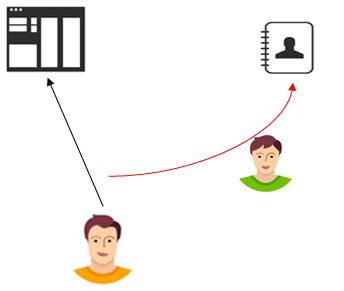
With the increasing number of credential breaches over the last few years, we have several compromised logins. In itself, a compromised login should not present too much of a problem. Unfortunately, most of us have gotten lazy and reused passwords in several places.
If a criminal now purchases multiple hacked credentials and tries them for a different service, he might get lucky and gain a valid login for a website. As the attacker typically automates it, they stuff as many credentials as possible in a service and thus the name. It is one of the top two attacks today.
Phishing
Who hasn’t gotten the spam mail asking us to input a password to reactivate an account or verify some security setting? Phishing E-Mails are a common form of spam. Many of us simply ignore them. Yet, with the advancements in ChatGPT and other Language models, the sophistication of the attacks has increased dramatically.
As the spammer relies on us reacting to the E-Mails, it is one of the simplest forms to counteract. Ask yourself, do I feel pressured by this E-Mail? Is there anything in the E-Mail that makes me want to drop everything else? Is my job, happiness, or well-being on the line if I don’t react now?
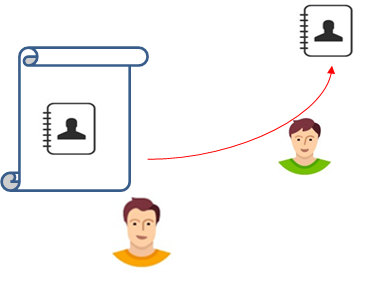
If you answer yes to any of the three questions, this is likely a spam phishing message. Especially if the message came out of the blue. Either call the sender using a number you know from somewhere other than the E-Mail or plainly delete it.
Service Impersonation
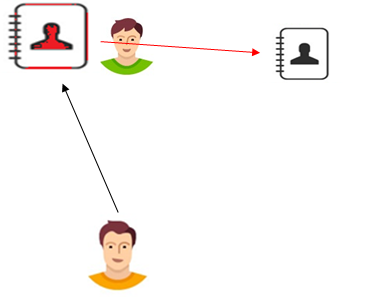
Most web services have a distinctive look and feel, making us trust them implicitly. However, bad actors can abuse this trust by creating a website similar to the well-known one. Forwarding us to the legitimate offering can further hide the action, giving them more time to act.
While relatively common, the attack doesn’t stand on its own. It either gets combined with a phishing attempt or by inserting the false website into a search engine’s sponsored results.
Consequently, bookmarks and fully typing URLs instead of relying on E-Mails or search engines are two of the easiest ways to not fall victim to it. Bookmarks make our life easier, as we don’t have to remember URLs.
Social Engineering
Social engineering often targets the password reset features instead of the passwords themself. Remember when you created the bank login? They asked you for your mother’s maiden name, childhood best friend, and your first car to be able to confirm it is you when requesting a password reset.
I can find all these on Facebook or Instagram, and so can criminals. Consequently, they can reset your password to something only they know. The best defense is to be mindful of what you and others share online. Also, never ignore the E-Mail that your password has been changed unless you are sure you did it yourself.

Keyloggers
A movie favorite, key loggers are less common than feared. After all, they require bad actors to install a piece of software on your computer in a way that doesn’t trigger the antivirus, collect the data, and then determine URLs, Passwords, and user names from the rest of the data you type.
Consequently, the best defense is to keep your system up to date and not install random software, especially if it comes by E-Mail.
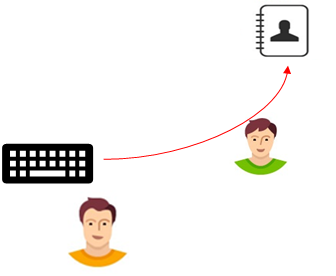
Dumpster Diving
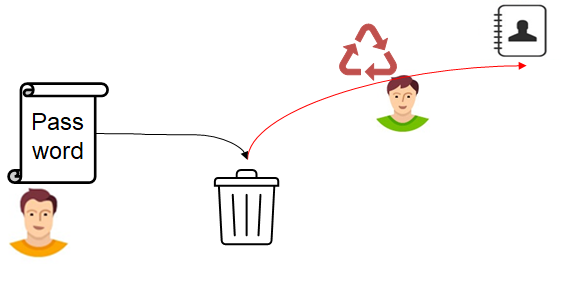
A favorite from the world of spy movies and tech thrillers, dumpster diving, relies on someone going through the paper trash and finding discarded passwords, letters with your social security number, or bank statements. It is one of the most expensive ways to hack an account.
While the least likely of all six threats, it is good practice to put all critical information through a paper shredder. This exponentially increases the costs of the attack.
An Ounce of Prevention
In our increasingly digitalized world, passwords are still the key to many of our lives. Until passwordless systems replace them, we must be mindful of what is happening around us. Realistically, phishing and credential stuffing are still more common than any other attack. Yet, with the advancement of AI, social engineering is becoming more common. Consequently, we must increase our vigilance to protect our integrity, finances, and data and thus stay in control of our lives.
